Amazing Shweshwe Dresses for African Makoti 2023
Recognizing Tradition Shweshwe Dresses as a Symbol of African Heritage for Makoti
![Recognizing Tradition Shweshwe Dresses as a Symbol of African Heritage for Makoti]()
Shweshwe dresses hold a special place in African culture, serving as a symbol of African heritage and tradition. These dresses, known for their vibrant colors and unique designs, play a significant part in traditional Makoti vesture. Understanding the significance of Shweshwe dresses and their part in African culture is crucial to appreciating their beauty and artistic significance.
Understanding the significance of Shweshwe dresses in African culture
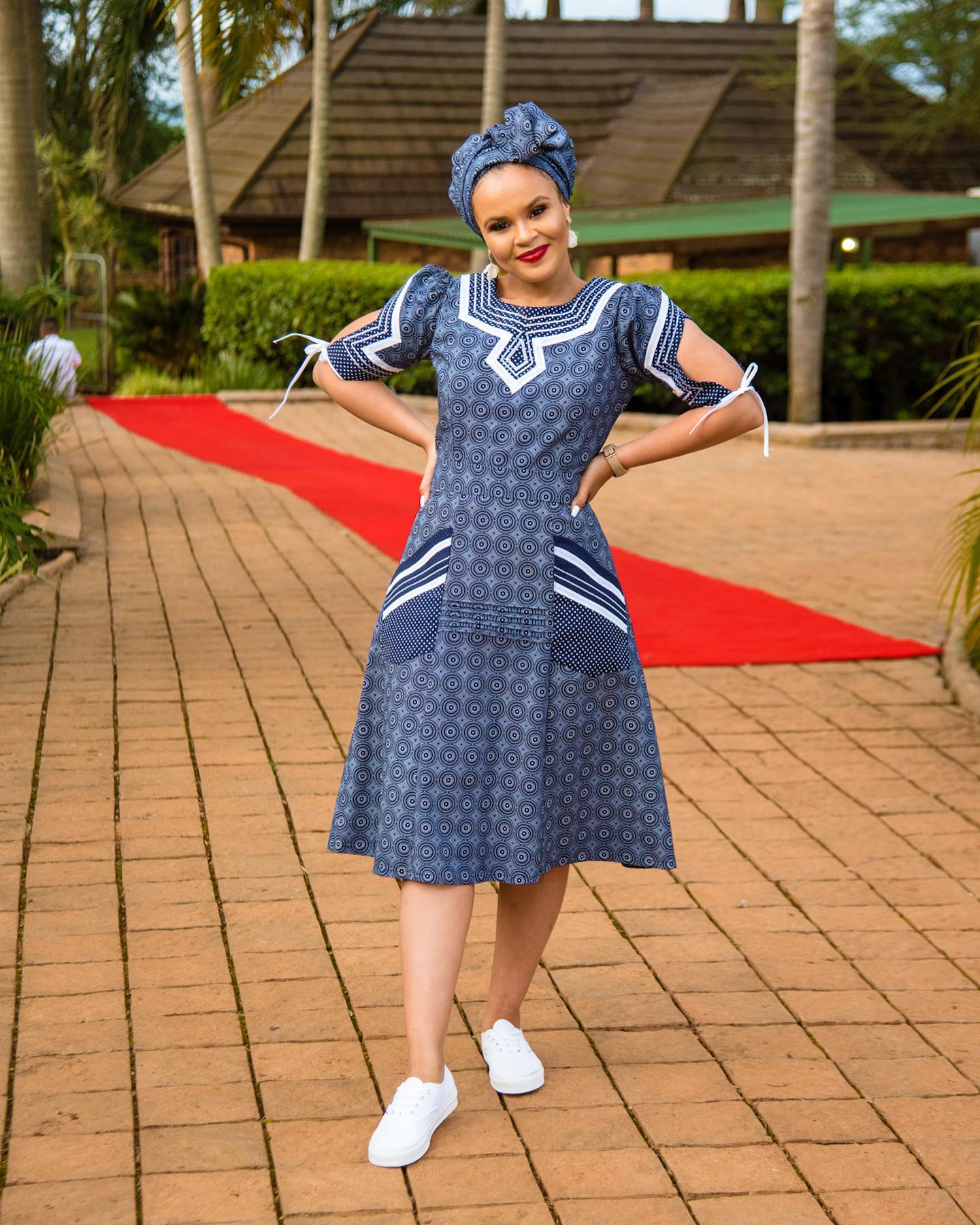 Shweshwe dresses, with their intricate patterns and bold colors, are deeply embedded in African culture. They’re traditionally made from cotton fabric and point geometric shapes that emblematize colorful aspects of African life, similar as fertility, church, and ethnical identity. These dresses are frequently worn during important artistic events, fests, and observances, representing a sense of pride and connection to African heritage.
Shweshwe dresses, with their intricate patterns and bold colors, are deeply embedded in African culture. They’re traditionally made from cotton fabric and point geometric shapes that emblematize colorful aspects of African life, similar as fertility, church, and ethnical identity. These dresses are frequently worn during important artistic events, fests, and observances, representing a sense of pride and connection to African heritage.
Exploring the part of Shweshwe dresses in traditional Makoti vesture
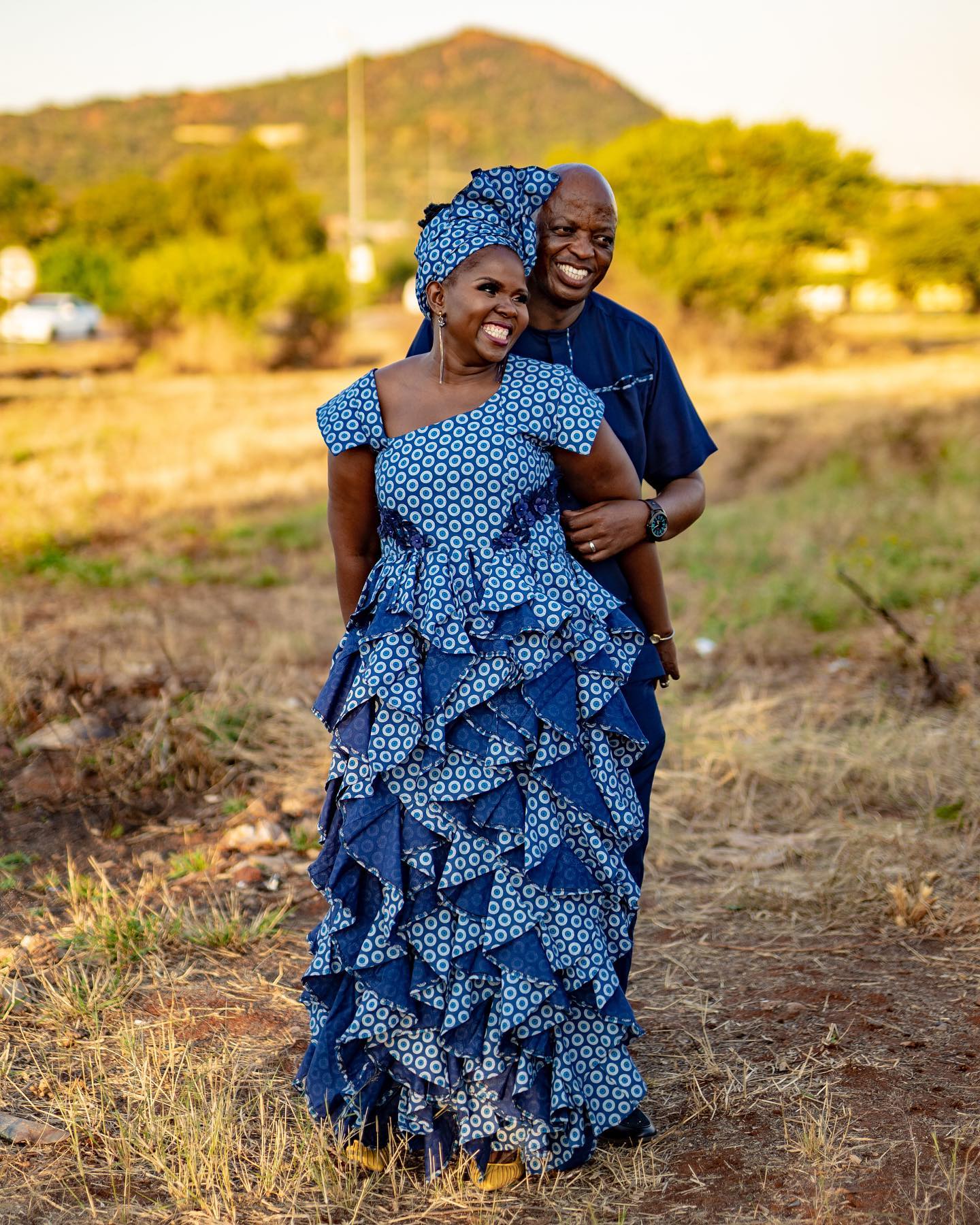 In traditional African marriages, the Makoti( bridegroom) plays a central part, and her vesture must reflect the artistic traditions of her lineage. Shweshwe dresses are generally worn by Makotis, showcasing their artistic identity and recognizing their ancestors. These dresses are intricately designed and frequently passed down through generations, making them a cherished symbol of family heritage. By wearing Shweshwe dresses, Makotis pay homage to their roots and demonstrate their commitment to conserving African traditions.
In traditional African marriages, the Makoti( bridegroom) plays a central part, and her vesture must reflect the artistic traditions of her lineage. Shweshwe dresses are generally worn by Makotis, showcasing their artistic identity and recognizing their ancestors. These dresses are intricately designed and frequently passed down through generations, making them a cherished symbol of family heritage. By wearing Shweshwe dresses, Makotis pay homage to their roots and demonstrate their commitment to conserving African traditions.
Overall, Shweshwe dresses serve as a important symbol of African heritage, representing a beautiful emulsion of tradition and contemporary fashion. They hold immense artistic significance and continue to be embraced by individualities who value and cherish their African roots.
![]() Makoti Tradition in African marriages
Makoti Tradition in African marriages

The significance of the Makoti part in African marriages
In African marriages, the Makoti plays a significant part as the bridegroom. The term Makoti is deduced from the Zulu language, meaning “ bridegroom ” or “ newlywed. ” The Makoti isn’t only the symbol of love and concinnity but also represents the coupling of two families and the festivity of artistic heritage. It’s a tradition that holds great significance in African communities, where marriages are seen as further than just a union of two individualities but a joining of families and ancestors.
![]() Traditional rudiments incorporated in Makoti vesture
Traditional rudiments incorporated in Makoti vesture
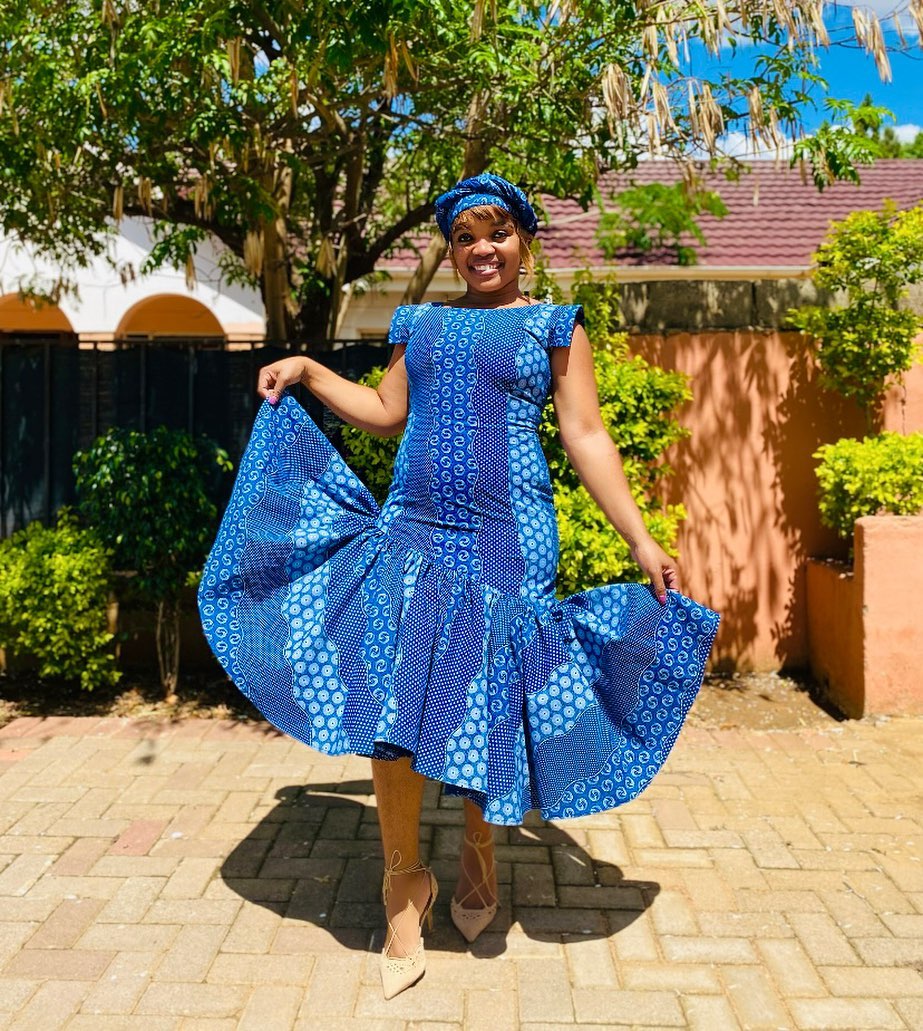 One of the most striking aspects of the Makoti tradition is the vesture. Shweshwe dresses, with their various prints and intricate designs, are an essential part of Makoti vesture. These dresses are made from cotton fabric and adorned with vibrant patterns that represent African culture and heritage. The use of Shweshwe fabric is a way to recognize tradition and show African identity on this joyful occasion. The dresses are generally accompanied by accessories similar as headwraps and rounded jewelry, farther pressing the rich artistic heritage of the Makoti.
One of the most striking aspects of the Makoti tradition is the vesture. Shweshwe dresses, with their various prints and intricate designs, are an essential part of Makoti vesture. These dresses are made from cotton fabric and adorned with vibrant patterns that represent African culture and heritage. The use of Shweshwe fabric is a way to recognize tradition and show African identity on this joyful occasion. The dresses are generally accompanied by accessories similar as headwraps and rounded jewelry, farther pressing the rich artistic heritage of the Makoti.
 In conclusion, the Makoti tradition and the objectification of Shweshwe dresses in African marriages emblematize the significance of recognizing heritage and celebrating love in a culturally significant way. The Makoti not only represents the bridegroom but also serves as a memorial of the concinnity and connection between families and the vibrant African culture that’s cherished and celebrated during marriages.
In conclusion, the Makoti tradition and the objectification of Shweshwe dresses in African marriages emblematize the significance of recognizing heritage and celebrating love in a culturally significant way. The Makoti not only represents the bridegroom but also serves as a memorial of the concinnity and connection between families and the vibrant African culture that’s cherished and celebrated during marriages.
 Shweshwe Fabric A Treasure of African Heritage
Shweshwe Fabric A Treasure of African Heritage
Origins and history of Shweshwe fabric
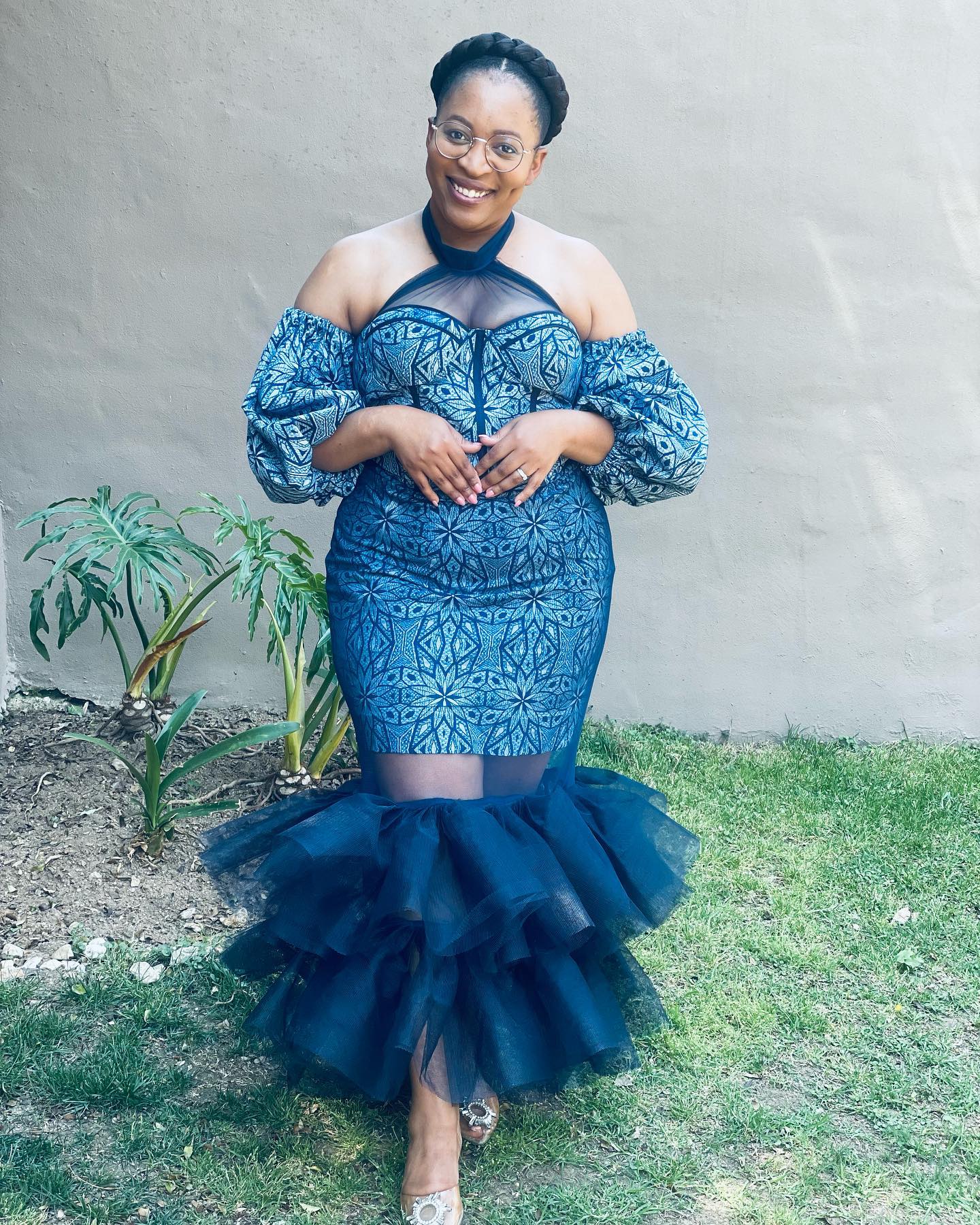 Shweshwe fabric holds a special place in African culture, particularly in South Africa and Lesotho. It began in Europe during the 19th century and was brought to Africa during the social period. The fabric has its roots in indigo- bepainted
Shweshwe fabric holds a special place in African culture, particularly in South Africa and Lesotho. It began in Europe during the 19th century and was brought to Africa during the social period. The fabric has its roots in indigo- bepainted
fabrics that were popular in Europe at the time. still, it snappily came espoused by African communities and converted into a unique symbol of African identity. moment, Shweshwe fabric is extensively honored for its intricate designs and vibrant colors, making it a cherished cloth choice for traditional garments.
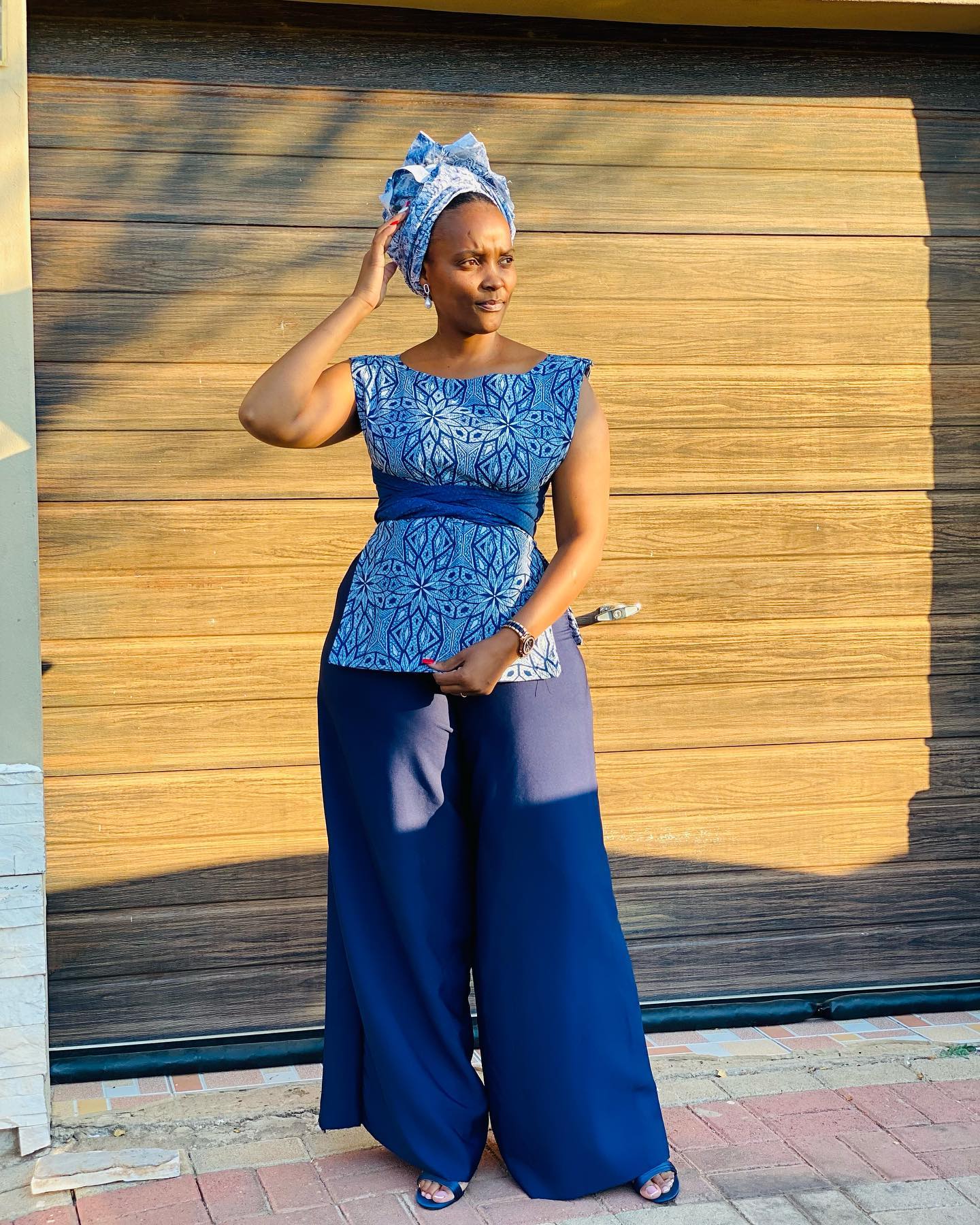

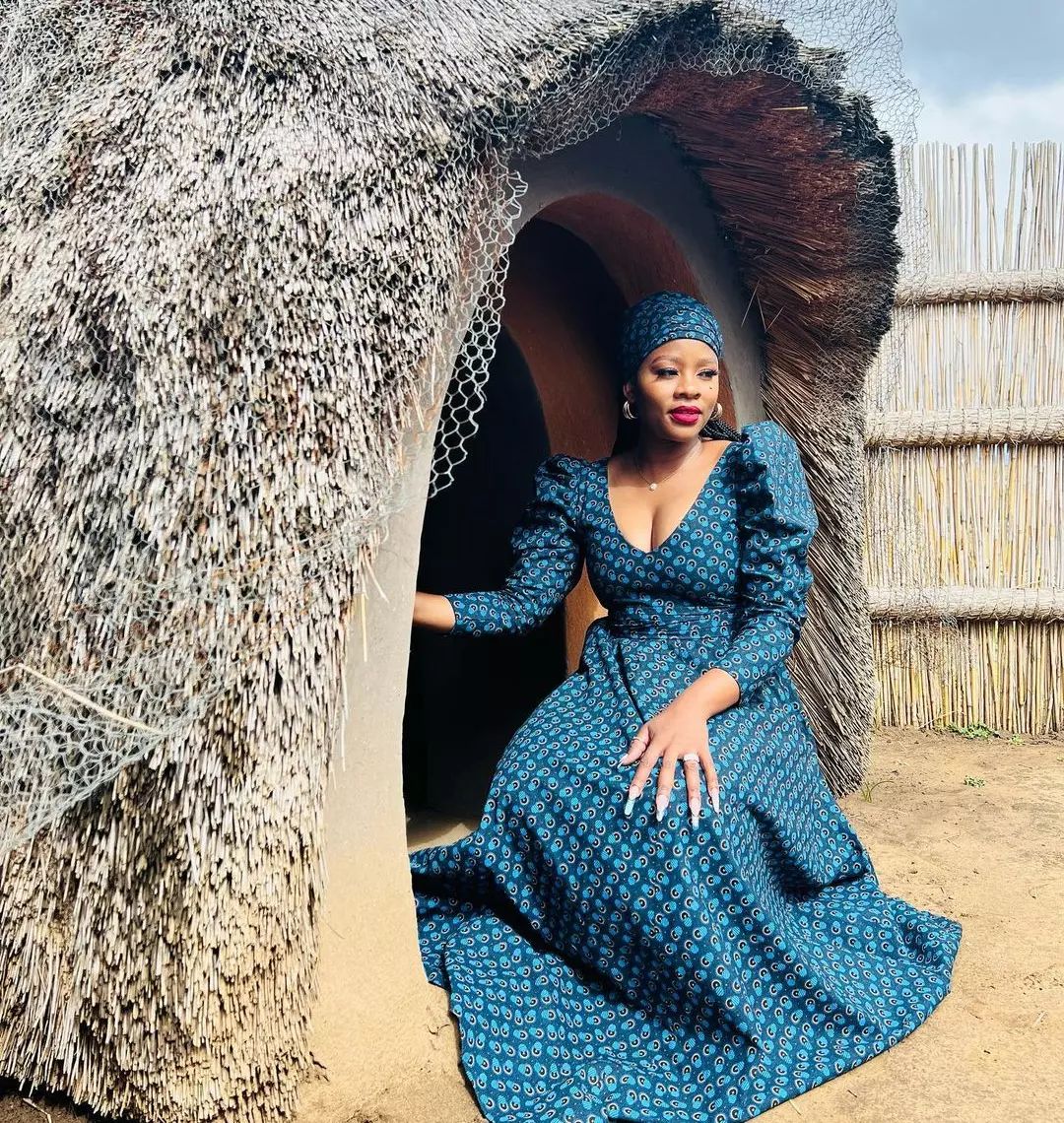 Makoti Tradition in African marriages
Makoti Tradition in African marriages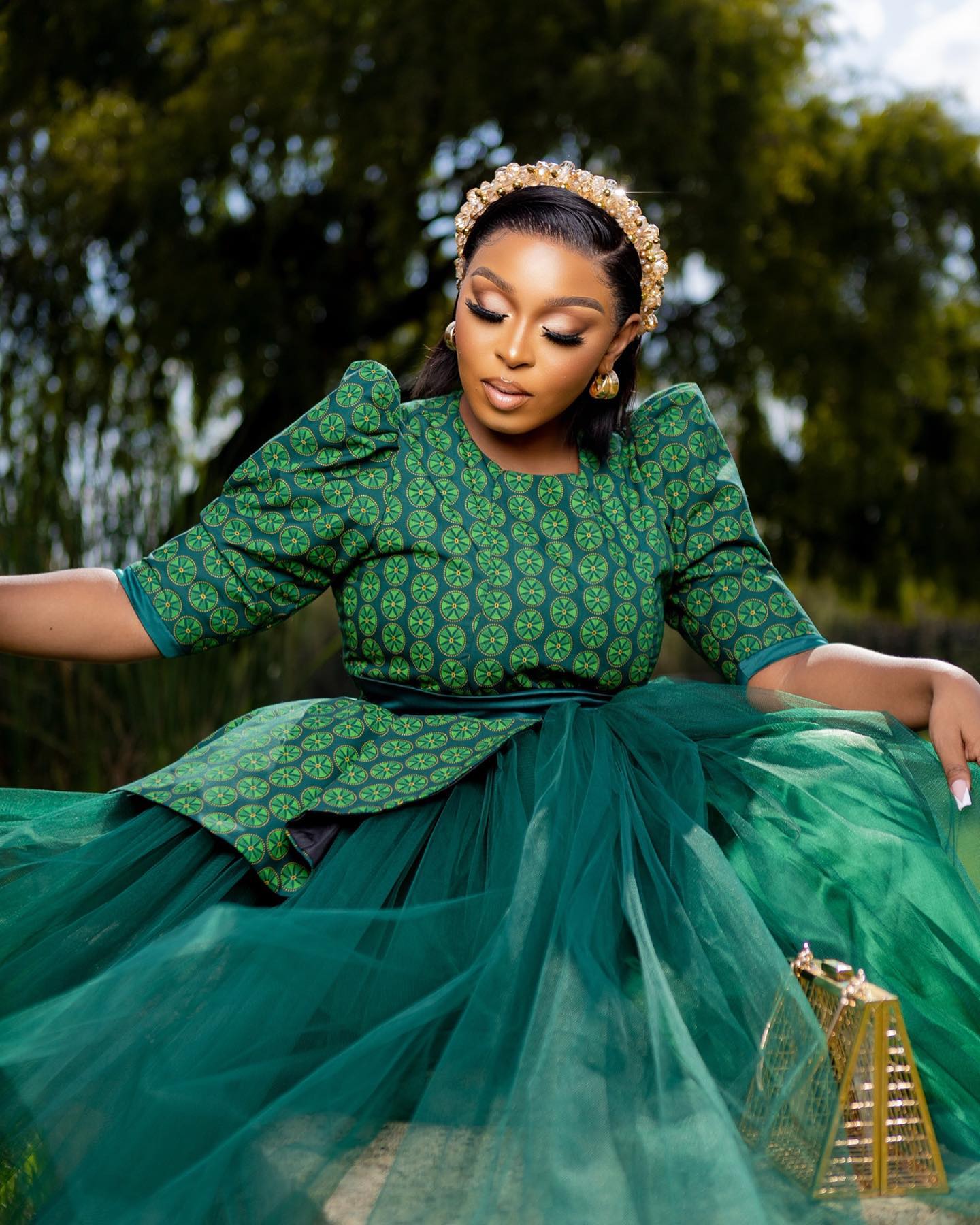 Traditional rudiments incorporated in Makoti vesture
Traditional rudiments incorporated in Makoti vesture
Comments are closed.